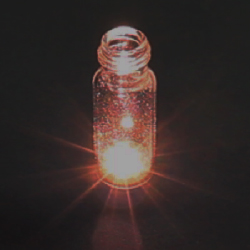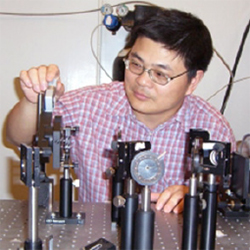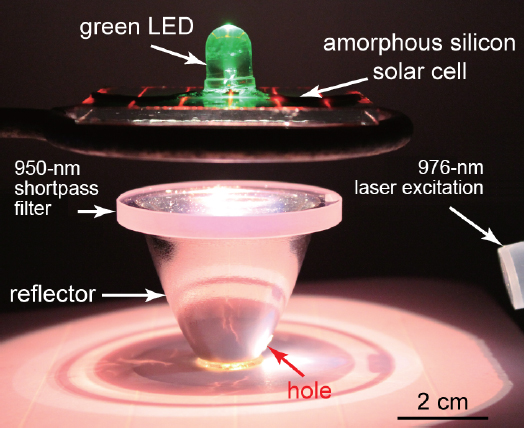Let There Be More Light


A tiny solution to improve the production of electricity by solar panels
To tackle the problem of climate change, we need to come up with novel and unique solutions – we know how the human race has been using natural resources and generating energy so far isn’t enough.
To that end, researchers from the Chinese University of Hong Kong have come up with some important improvements that can generate more electricity from solar panels.
“Solar energy is an important renewable source, and could be the solution for the energy crisis,” the CUHK scientists, who worked in conjunction with Peking University, explain.
However, there’s a problem. Traditional solar panels, made of silicon, receive sunlight and generate electricity. But they can only absorb visible light. Much of the energy from the sunlight is in the form of invisible, lower-energy infrared light. Infrared sunlight can’t be absorbed by the silicon solar panels to generate electricity, and that part of the sunlight – which amounts to around 30 percent of it – is simply wasted.
The solution? Invent better materials! A team led by CUHK materials scientist Jianfang Wang, a specialist in tiny nanoparticles and nanostructures, has developed a new set of compounds that can absorb infrared light and re-emit it as visible light.

Wang, an associate professor with a Ph.D. from Harvard University, has just published a paper on the topic in the journal Nature Communications, a Nature publication devoted to the natural sciences, at the end of November.
The newly-developed materials are known as lanthanide-sensitized oxides. They can absorb the lower-energy photons in light and convert it into high-energy ones efficiently.
The conversion process is known as photon-energy “upconversion.” It yields at least a two-time improvement over the efficiency currently achieved by state-of-the-art nanocrystals designed and being used for the same purpose.
The new materials are made of oxides. This leads to them being much cheaper in terms of materials cost when contrasted with the previous materials that had been used for upconversion. The materials also have the advantage of being highly stable.
Another part of the project involved developing a new apparatus that can be coupled with the new materials and a photovoltaic system, to redirect and harvest the upconverted visible light back into the solar panels, increasing their overall efficiency – and producing more energy for the world.
Apart from improving the efficiency of solar panels, potential commercial applications of the new technology include lighting and displays, environmental cleaning, and many more.
Wang’s award-winning work on photon upconversion has also been exhibited at both the Eco Expo Asia at the AsiaWorld-Expo and the InnoCarnival at Hong Kong Science Park.
by Alex Frew McMillan






